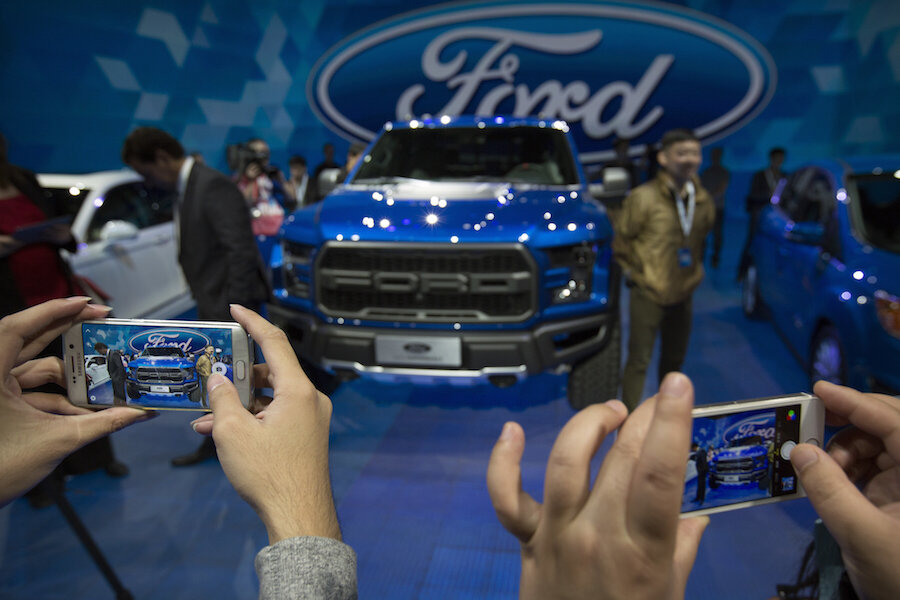Ford beefs up its safety tech with host of new features
Loading...
Last week, Ford showed off its new, predictive pedestrian detection system, which is slated to debut on the 2017 Ford Fusion. But that's not the only safety technology that Ford's been working on. The automaker has unveiled a host of high-tech features that will soon appear on Ford vehicles worldwide. Here are some of the ones we're most excited about:
Evasive Steering Alert: As you can see from the animated video above, this is similar to the collision avoidance feature found on some other automobiles. Like them, Ford's Evasive Steering system scans the road ahead for problems, sounds an alert if an obstacle appears, and can even apply the brakes.
Where Evasive Steering Alert differs is in the way that it guides the car if it senses that a collision is imminent. Rather than simply attempting to slow the vehicle, Evasive Steering will analyze its scans of the environment and determine if there's a way to avoid a crash altogether--for example, by steering onto the shoulder of the road.
Wrong Way Alert: If you live in a crowded urban area, chances are, you've accidentally driven the wrong way down a one-way street. This system uses a camera positioned at the front of a vehicle and a car's built-in GPS system to determine whether a driver is moving against traffic. If so, it'll sound an alarm before too many people have the chance to flip you off.
Traffic Jam Assist: Safety systems like this are increasingly common on other vehicles. They're a bit like adaptive cruise control, but they work in stop-and-go traffic. When activated, Traffic Jam Assist will keep a car in its lane and an appropriate distance from vehicles both in front and behind it.
Cross-Traffic Alert with Braking: This is another safety system we've seen before, but it's hugely useful, especially when you're backing out of a parking spot or driveway. The system scans the traffic running perpendicular to the vehicle and sounds an alert if it senses that the driver is about back into an oncoming car.
Advanced Front Lighting System: Adaptive headlights are a big deal these days, and when the Insurance Institute for Highway Safety adds headlights to its ratings analyses, adaptives may become the new norm.
Like some other adaptive systems we've seen, Ford's Front Lighting System engages when a car reaches an intersection or moves around corners--for example, around rotaries/roundabouts/traffic circles. When a scan of the roadway and/or road signs indicate that an intersection or traffic circle is near, the headlight beams widen, illuminating farther to the left to scan for pedestrians and other cars, and farther to the right to scan for exits.
These features are still in development, but the company says that they're "expected to be available on Ford vehicles within two years".
This story originally appeared on The Car Connection.







